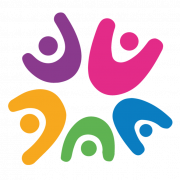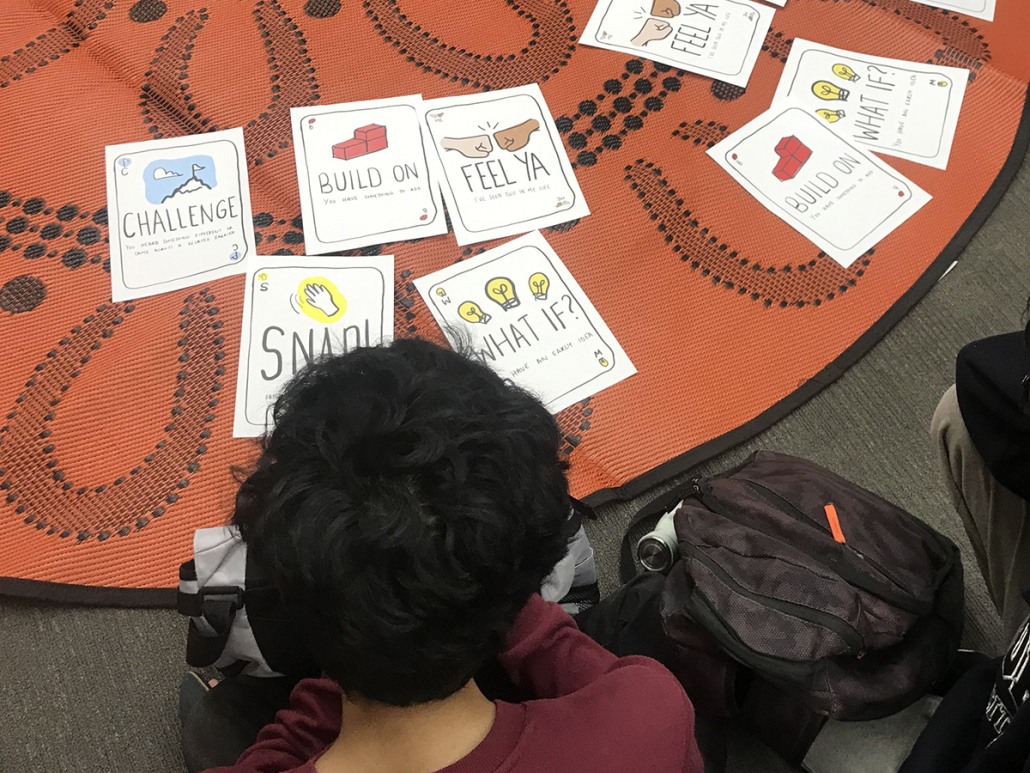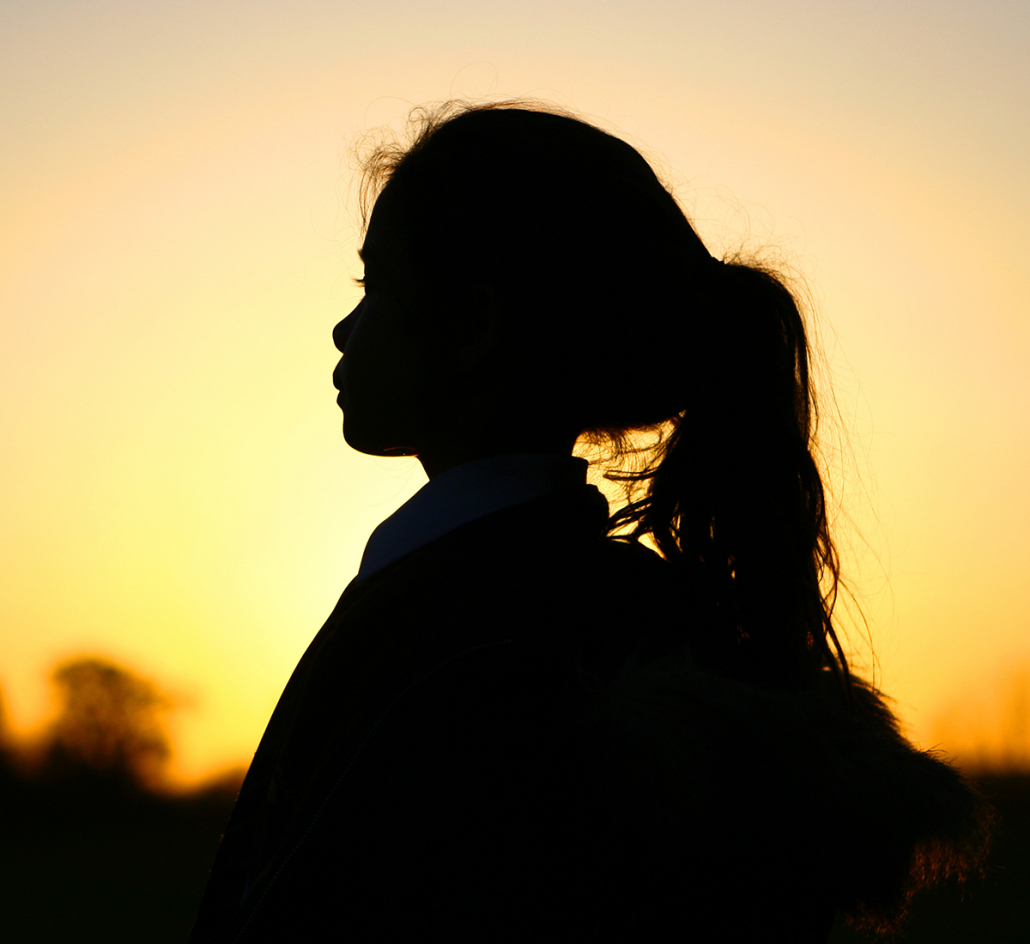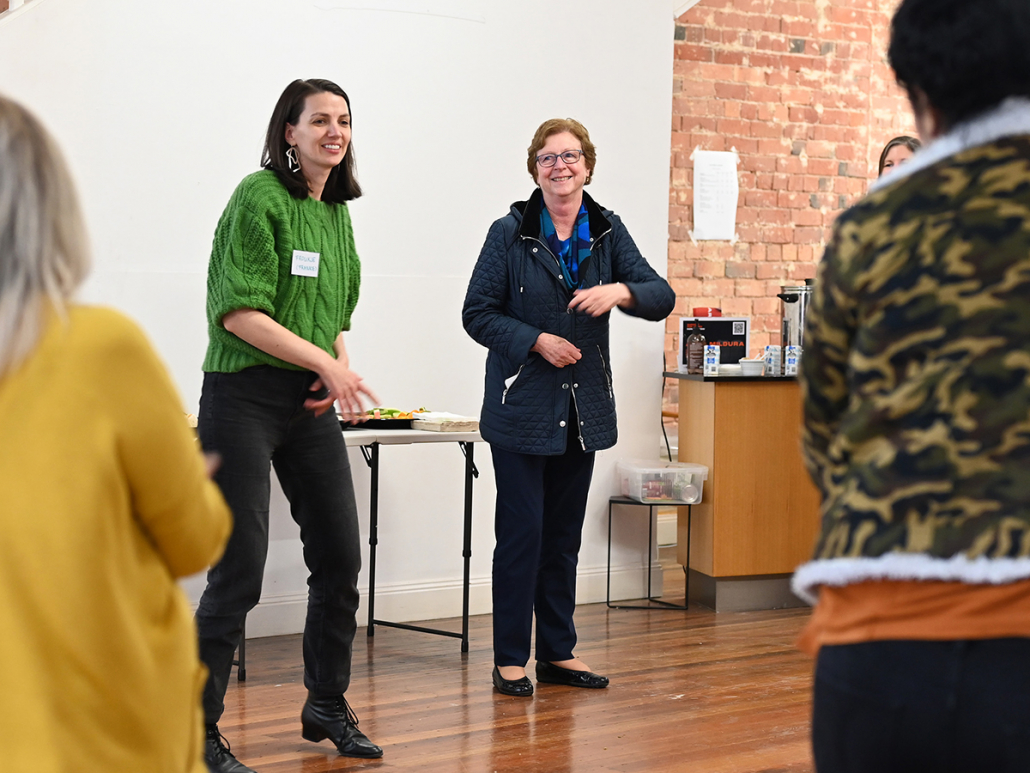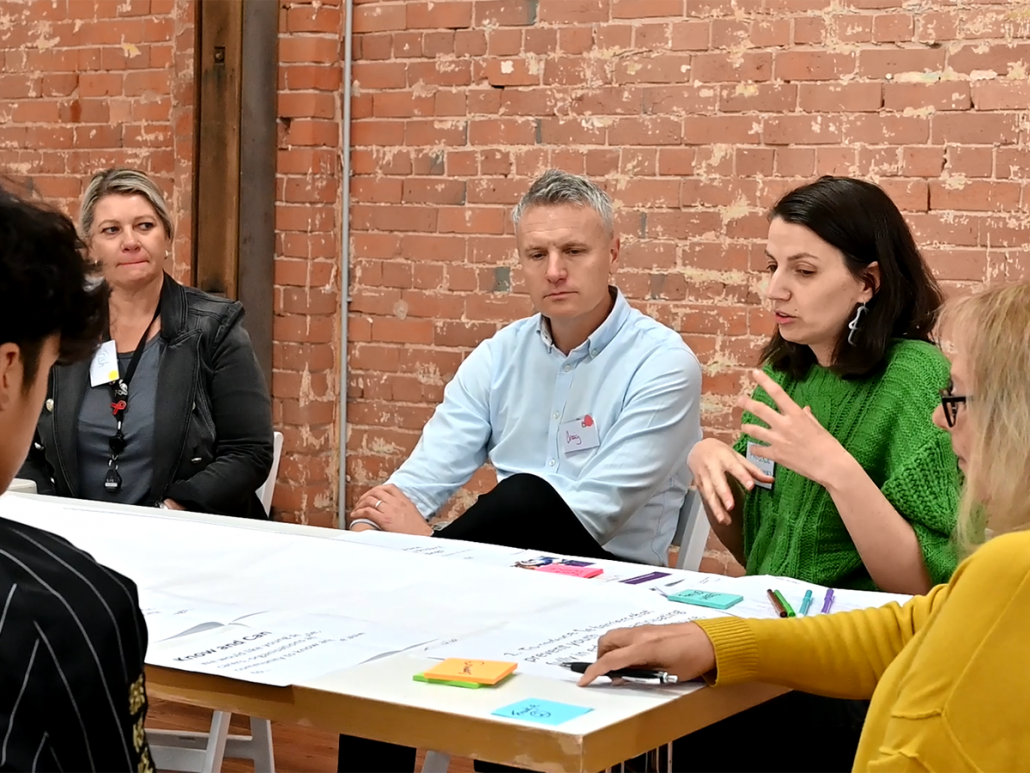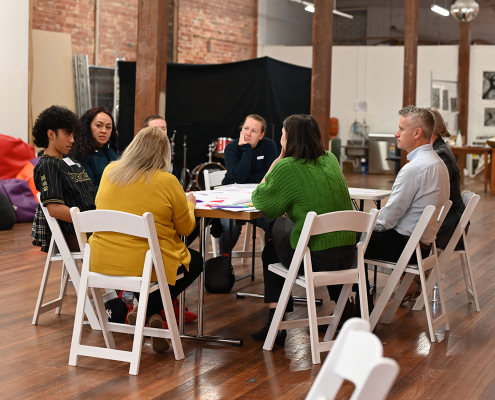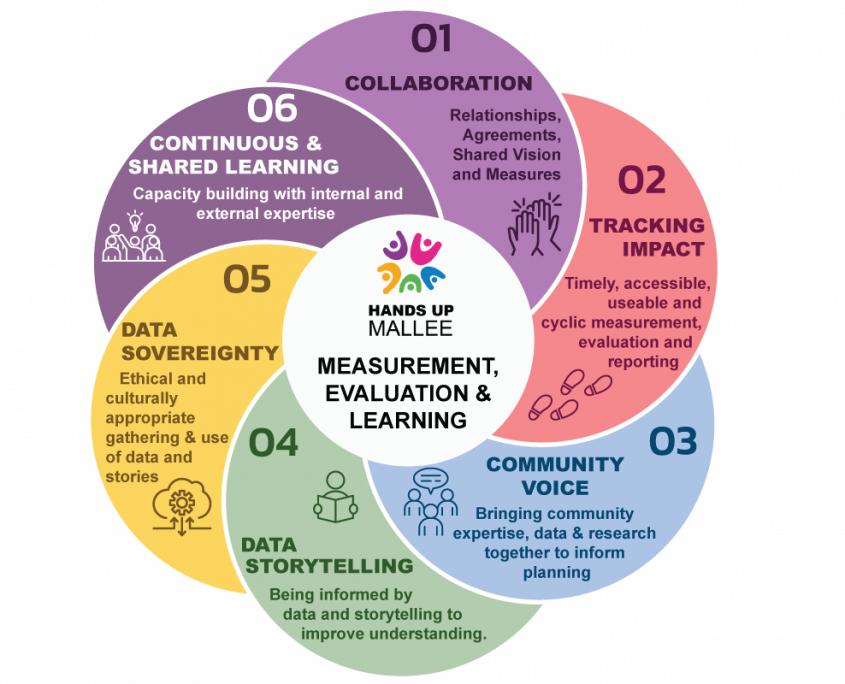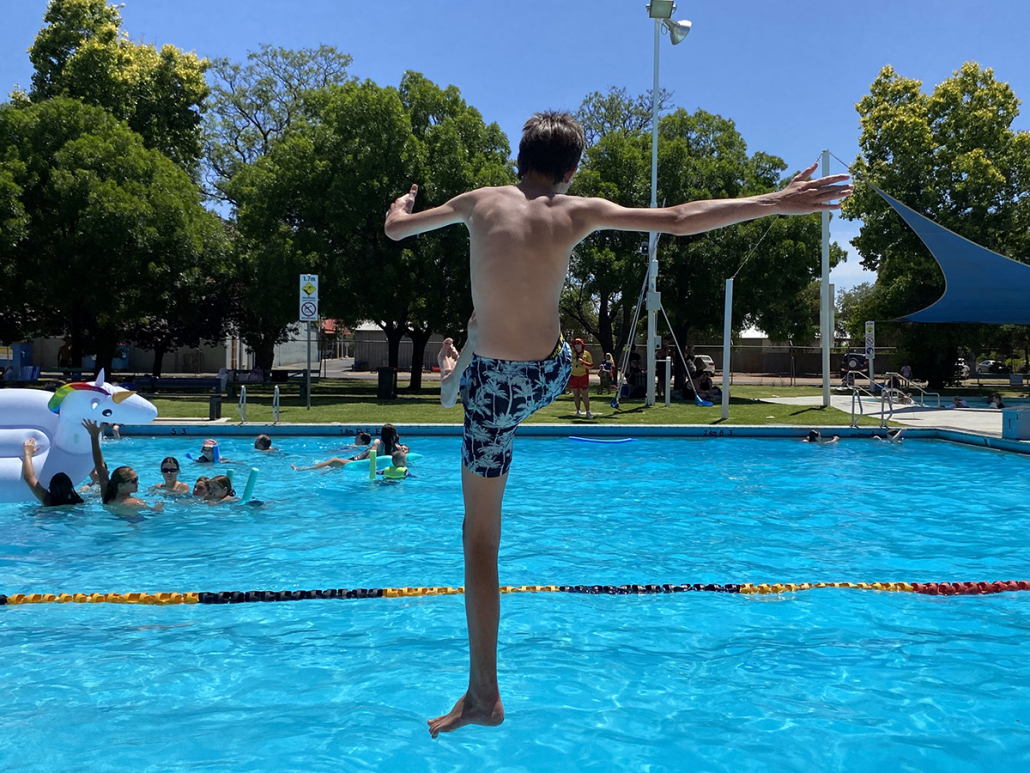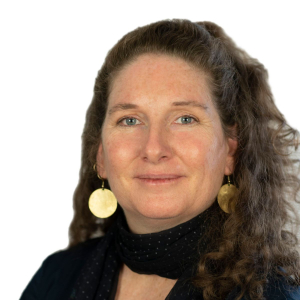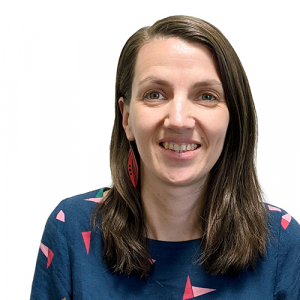The Mallee community
In the far north-west of Victoria, the Mildura local government area covers around 10% of the states’ area and is home to nearly 55,000 people. The local community is rich in cultural diversity, with a large Aboriginal and Torres Strait Islander population (4.6% compared to 0.8% for the rest of Victoria), and over 40 different migrant groups.
The region is known for its big skies, rich earth and the mighty Murray River. It has a proud and longstanding reputation as a place of resilience and resourcefulness. Hands up Mallee was created from these foundations of self-sufficiency, and the knowledge that those within community are best placed to address the ongoing effects of intergenerational social, health and economic inequities.
Despite growing up in a region with vast natural wealth, local children begin life behind in many areas. Many families face high housing and food insecurity rates, living on household incomes significantly below the state average. There are elevated risks of family violence and crime, and increased rates of drug and alcohol misuse. These conditions reduce opportunities to thrive and create a complex backdrop to childhood development.

